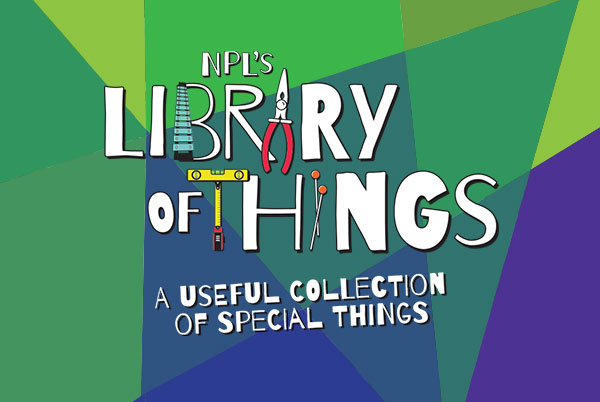Markedly different in tone from the above books but no less extraordinary, Migrants deserves widespread notice. Peruvian born artist Issa Watanabe has given us a stunning wordless picture book about empathy, courage, and hope.
Set against a stark black background throughout, a diverse group of anthropomorphic animals (including elephants, lions, foxes, rabbits, and various birds, both children and adults) travel on foot, carrying little more than the clothes on their backs. They have been forced to leave their homes, and sleep out in the open air of the forest.
But there are hints that tragedy lies ahead. A few steps behind the migrants is Death, represented by a human-like figure with a skull for a head and dressed in a flowered black robe. A blue ibis, traditionally associated with the afterlife and travel between worlds of the living and the dead, accompanies Death. For many migrants, their journeys are often marked by dangerous circumstances and outcomes.
The animals embark on the next leg of their journey via boat, but tragically, not all the animals make it to the other side. Beset by mourning, the weary animals soldier on until arriving at a grove with brilliantly red flowers and fruits. There is hope at the end of their trials.
This a standout picture book. Its story is all the more powerful because of its lack of text and the bold contrasts in its illustrations, between the colors of the animals and the monochromatic backgrounds. Animals engender empathy—and the diversity of the animals portrayed in the book make this an universal story of forced migration, one that often includes children.





